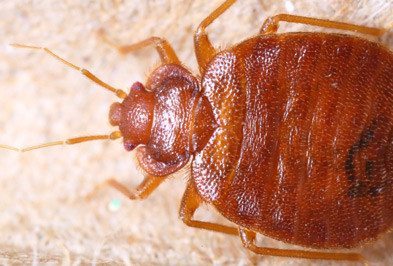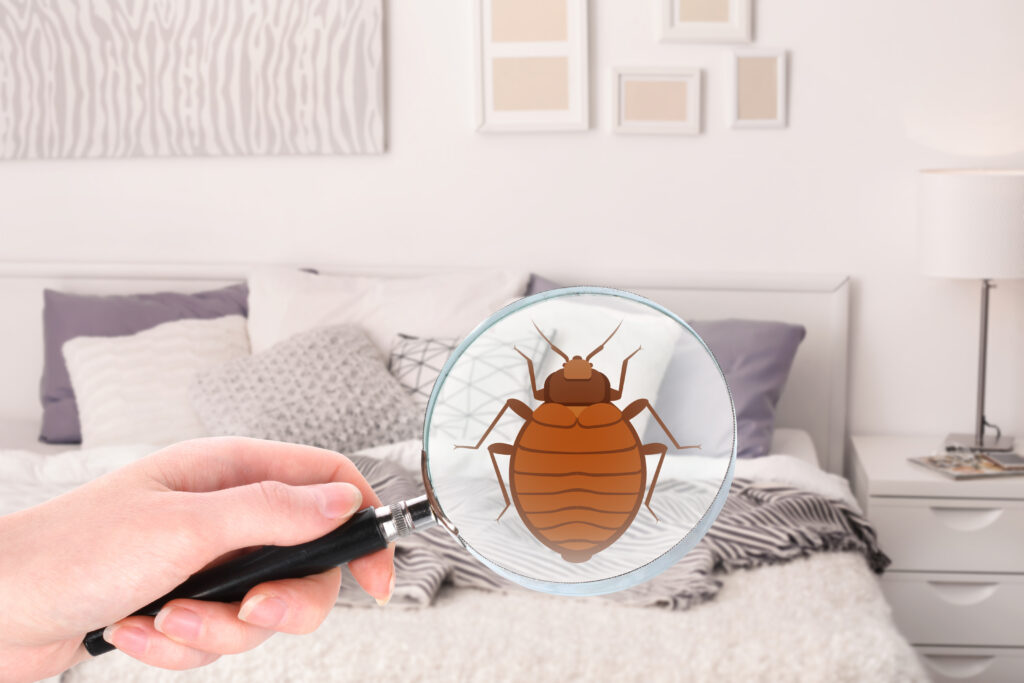A1 Bed Bug Extermination Houston: Specialist Providers
Wiki Article
Recognizing the Lifecycle of Pests for Targeted Control Strategies
Understanding the lifecycle of pests is a fundamental aspect of efficient pest administration methods. Through a much deeper understanding of just how parasites progress and grow, customized control approaches can be developed to deal with particular points in their lifecycle, ultimately leading to even more successful pest monitoring outcomes.Importance of Recognizing Insect Lifecycle
Recognizing the lifecycle of bugs is essential for creating reliable and targeted control techniques in pest administration. By understanding the different phases a parasite goes via from egg to adult, pest control specialists can recognize susceptible points in the lifecycle where treatment can be most effective.Moreover, acknowledging the details environmental conditions needed for every stage of the bug's lifecycle can guide decisions on environment alteration or exclusion techniques to minimize and interfere with the lifecycle pest populations. This knowledge allows pest administration specialists to apply proactive procedures as opposed to counting exclusively on reactive therapies, causing more lasting and long-term bug control options. Eventually, a thorough understanding of parasite lifecycles empowers bug control professionals to customize their approaches properly, lessening ecological influences and making the most of control outcomes.
Key Phases in Insect Advancement
To effectively apply targeted control approaches in pest management, an essential element hinges on adequately identifying and recognizing the vital phases in pest development. Pest growth usually includes a number of crucial stages that are critical for their lifecycle and monitoring. The initial stage is the egg phase, where bugs lay eggs that later on hatch right into larvae. Larvae then advance into pupae, a phase where they undertake transformation before emerging as grown-up pests. Comprehending these stages is important as it helps in determining at risk points in the lifecycle where control procedures can be most efficient.

Vulnerabilities in Bug Lifecycle
Throughout the various phases of a parasite's lifecycle, distinctive vulnerabilities arise that can be purposefully targeted for effective control steps. One crucial vulnerability hinges on the egg phase, where pests are usually more susceptible to certain pesticides or organic control representatives because of their soft outer covering, making them easier targets for intervention. Additionally, the larval or nymph stage offers susceptabilities as parasites go through rapid development and development, requiring high energy usage that can be made use of by disrupting their food resources or presenting growth inhibitors. Pupal stages, defined by stability and makeover, supply a window for targeted control via physical obstacles or certain treatments that hinder successful introduction. Grown-up parasites, while a lot more resistant due to their reproductive capability, can still be susceptible during breeding or egg-laying activities, which can be interrupted via pheromone traps or sterilization techniques. Comprehending these vulnerabilities in the parasite lifecycle is crucial for developing effective and specific control strategies that efficiently take care of insect populaces while minimizing ecological impact.Executing Targeted Control Actions

Carrying out targeted control actions commonly involves a multi-faceted strategy. This may consist of habitat adjustment to make the setting less congenial look what i found to bugs, such as getting rid of standing water for mosquito control or sealing access factors for rodents. Additionally, organic control methods can be utilized, where all-natural predators or pathogens are introduced to maintain bug populations in check.
Integrated Bug Management (IPM) strategies that integrate various control steps in a coordinated and lasting manner are typically the most effective in achieving long-term parasite administration goals. By carrying out targeted control steps based on a thorough understanding of bug lifecycles, insect populaces can be properly regulated while minimizing threats to human health and the setting.
Boosted Insect Administration Practices
.jpg)
In addition, the unification of biological control representatives, such as all-natural predators or pathogens of insects, can help in reducing reliance on chemical pesticides and promote an extra balanced environment. Implementing physical barriers and catches can likewise belong to boosted parasite management methods, providing safe and targeted solutions for bug control. In addition, the usage of scents and other semiochemicals can interrupt pest breeding patterns and communication, bring about decreased pest populations over time.
Final Thought
By determining vital phases in bug advancement and vulnerabilities in their lifecycle, targeted control procedures can be implemented to decrease parasite populations. Improved parasite management methods can assist minimize the dependence on broad-spectrum pesticides and promote even more sustainable and eco friendly bug control methods.Understanding the lifecycle of insects is important for creating reliable and targeted control methods in parasite management. By understanding the various phases a parasite goes via from egg to grownup, pest control experts can determine prone points in the lifecycle where intervention can be most effective. Ultimately, an extensive understanding of pest lifecycles empowers insect control practitioners to A1 Bed bug Exterminator houston tailor their approaches successfully, making the most of and minimizing ecological impacts control end results.
By implementing targeted control actions based on a thorough understanding of parasite lifecycles, insect populaces can be efficiently this post managed while lessening dangers to human health and wellness and the atmosphere.
By identifying crucial stages in parasite advancement and susceptabilities in their lifecycle, targeted control steps can be carried out to lessen parasite populaces.
Report this wiki page